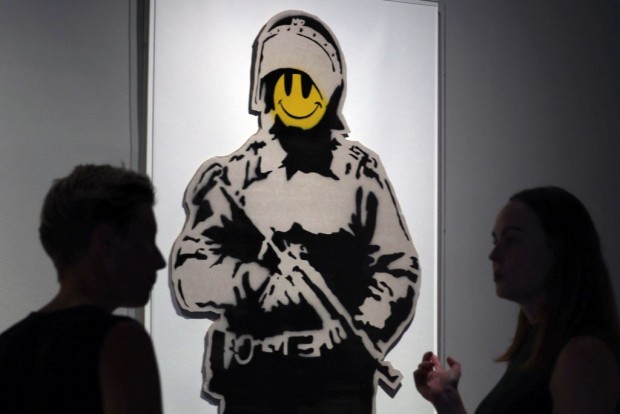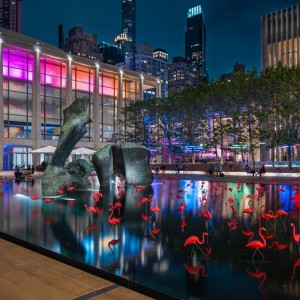The "Museum of Prohibited Art" or "Museu de l'Art Prohibit" recently opened last October in Barcelona, showcasing over 200 artworks that have been banned, censored, or denounced by authorities, or even by the artists themselves. Among these artists are big names such as Banksy, Pablo Picasso, and Francisco de Goya.
Financed by the journalist and businessman Tatxo Benet, the museum began from his own collection which started 5 years ago. In a statement to Euronews, museum curator Carles Guerra shared how the museum's exhibitions endeavor to encapsulate the universal censorship that artists all over the world have experienced, be it through attacks, assaults, or prosecution.
Accompanying every piece showcased within the museum is a summary of the reactions that the artwork has received, usually demonstrated through news clippings of headlines or pertinent news quotes. According to Guerra, this is how the exhibitions provide further context to the controversy generated by the art.
"You see the work and you also see the reactions," he expressed.
To add, Guerra also believes in the presence of an audience that does not follow these sentiments of censorship but rather supports the existence of these freely expressed artworks.

Visitors look at "Smiling Copper" by British artist Banksy, at the Forbidden Art Museum in Barcelona on October 26, 2023. The private Museum of Forbidden Art which opened in Barcelona on October 26 features 42 works from around the world which have been denounced, attacked or removed from exhibition which belong to Catalan businessman Tatxo Benet's collection of 200 such objects.
Censored Art Around the World, Across History
Artworks featured in the museum feature varied commentary from artists across history, and the world, about controversial subjects such as religion, sexuality, society, and even politics.
Banksy's "Smiling Copper," depicting a juxtaposition of violence and the friendly facades of authority, is found in a section that also showcases a series of posters that were utilized by Amnesty International in publicly advocating for the human rights of political prisoners.
In another part of the museum, Goya's series of 80 etchings called "Los Caprichos" is presented as a means to represent "auto-criticism" and "self-censorship." The set of prints had themes of corruption, greed, and the folly of the Spanish government and its attitudes toward religion.
"He abandoned Spain and went to Bordeaux in France where he died. He became the first great self-critic. We need to fix the moment when a critical spark is taking place in the public sphere," Guerra added.
Contrasting this is Picasso's graphically carnal drawings that attracted external criticism from the Russian Orthodox Church in 1968. The church reportedly requested the removal of promotional materials advertising the drawings in order to protect kids from the "degeneracy"



